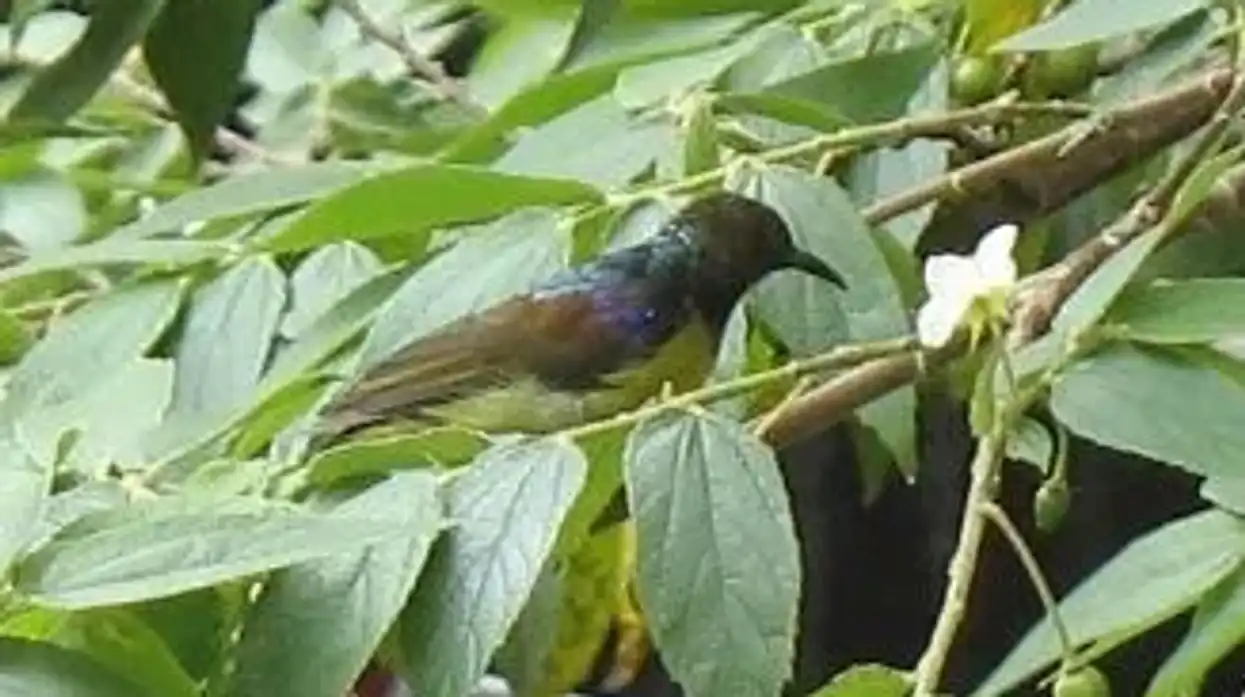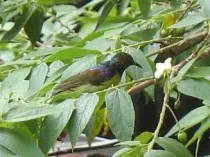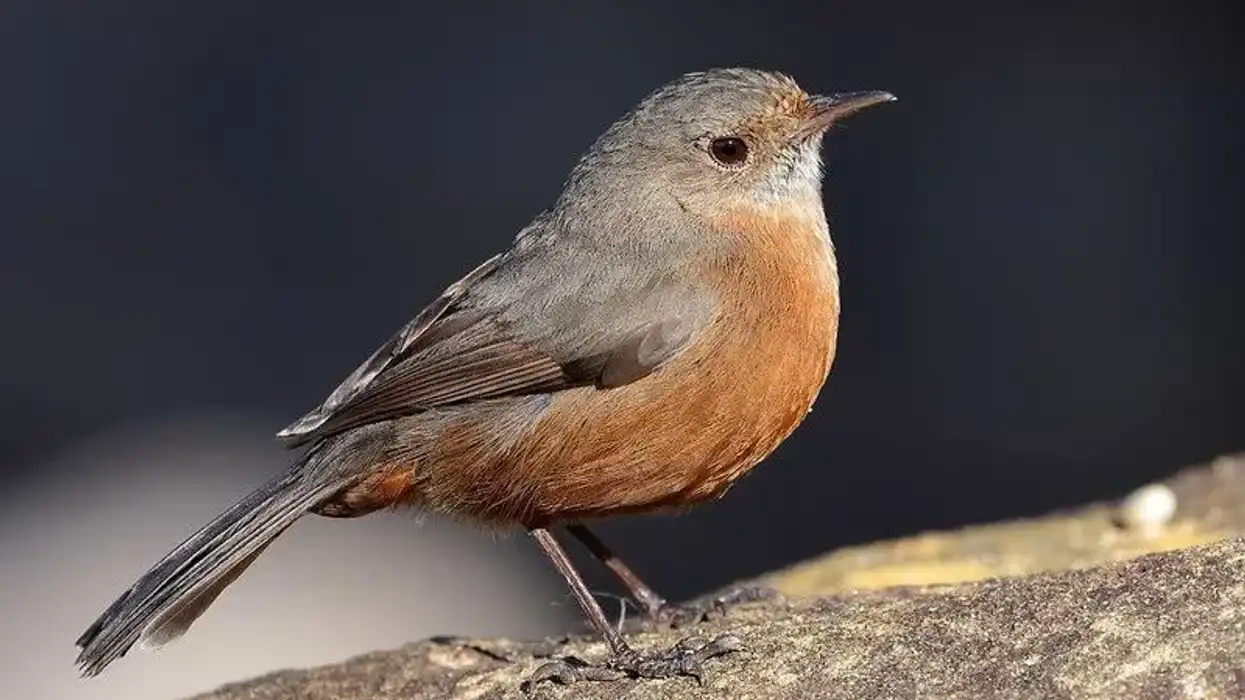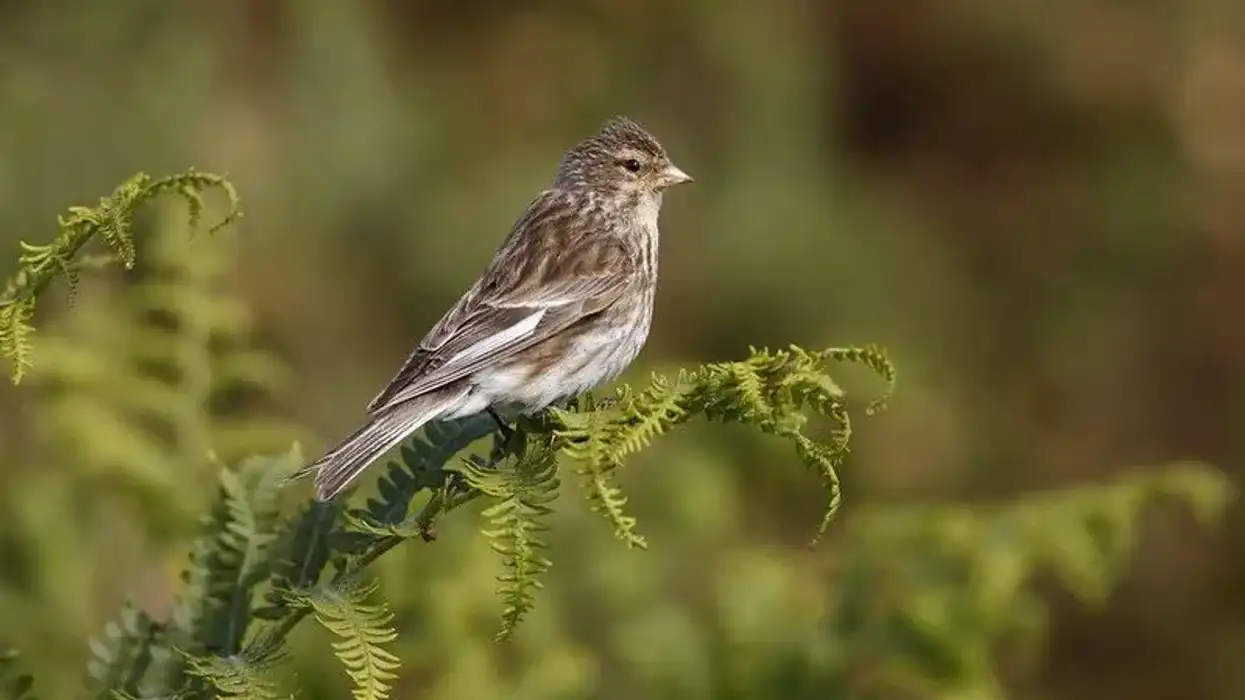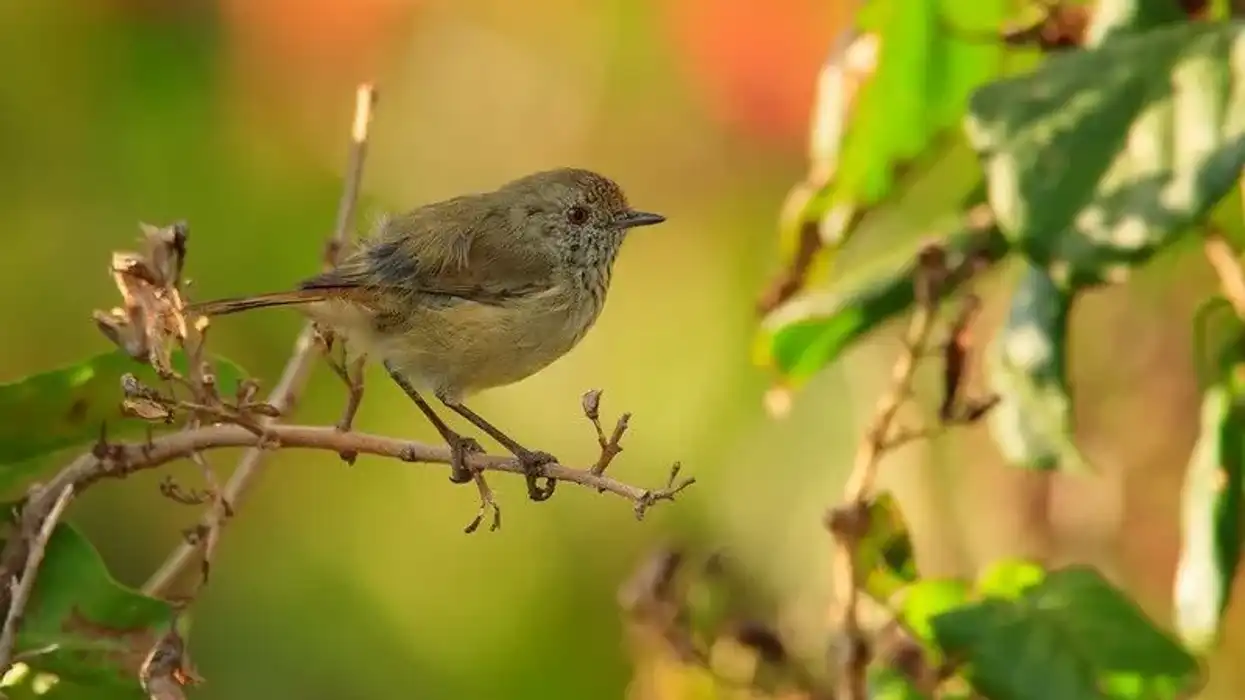Fun Brown-throated Sunbird Facts For Kids
The brown-throated sunbird (Anthreptes malacensis) is a member of the Nectariniidae family of birds that consists of sunbirds and spiderhunters. These birds belong to the Old World and are known for their curved beaks that stand out when spotting this bird in the wild. This bird belongs to the Anthreptes genus.
Species of the brown-throated sunbirds are further divided into 14 subspecies that can be found all across the Oriental or East Asian regions. As is the case with most sunbirds, the male is more vibrant than the female thanks to its bright and colorful plumage that make it simple to differentiate the male from the female.
Currently, this bird is in no danger of being endangered or vulnerable as it has a widespread and stable population across its habitat regions and hopefully will continue to thrive and maintain a safe population.
If you liked these true facts about brown-throated sunbird, then you'll surely like these facts about sunbird and oriental dwarf kingfisher too!
Brown-Throated Sunbird Interesting Facts
What type of animal is a brown-throated sunbird?
The brown-throated sunbird (Anthreptes malacensis) also commonly referred to as the plain-throated sunbird is a rather large species of bird that belongs to the vast range of birds in the sunbird family.
What class of animal does a brown-throated sunbird belong to?
The brown-throated sunbird (Anthreptes malacensis), like species of bird, belongs to the Aves class of animals. These sunbirds belong to the phylum Chordata, order Passeriformes, family Nectariniidae and the Anthreptes genus. The brown-throated sunbird family is large and consists of a further 14 subspecies that have a ranging habitat.
How many brown-throated sunbirds are there in the world?
There is no population count of the brown-throated sunbird (Anthreptes malacensis) as this bird contains 14 different subspecies that can be found all over the oriental regions of Asia like the Philippines, Indonesia, and some Chinese regions. Due to this widespread population distribution of the species in their natural habitat range, it is considered tough to estimate their population.
Where does a brown-throated sunbird live?
The brown or plain-throated sunbird (Anthreptes malacensis) genus prefer tropical climate conditions and often act like terrestrial birds. Each of the 14 subspecies of this Passeriformes order has different breeding and feeding grounds and makes up a great part of the range of birdlife in the Philippines, Singapore, Thailand, and Chinese regions. It is not endemic.
What is a brown-throated sunbird's habitat?
The brown-throated sunbird (Anthreptes malacensis), because of the several subspecies under it, has a wide range of habitats depending on the geographical aspects of its surroundings.
Southeast Asia has a tropical climate with a hot and humid environment which has resulted in large patches of rainforests. These rainforests are part of the habitat of these sunbirds as they are found in lower elevations of Oriental Asia.
These bird species are a part of the common birdlife range and can be commonly spotted around urban and suburban habitats including a park, garden, forest, or mangrove.
Who does brown-throated sunbird live with?
The brown-throated sunbird (Anthreptes malacensis) is a generally solitary species of bird and prefers to spend time alone. These birds do however come in contact with sunbirds of the same species during the breeding season. Brown-throated sunbirds are non-migratory and forage during the day in the forest and mangrove region for food sources.
During the breeding season, these sunbirds live in pairs or small groups as male birds are notoriously aggressive towards other species of birds that trespass into their territory.
Members of the brown-throated sunbird (Anthreptes malacensis) family live a fast-paced life among the many different birdlife species as they spend a great chunk of their life as they fly in search of food.
How long does a brown-throated sunbird live?
The Anthreptes genus, including the brown-throated sunbird (Anthreptes malacensis) species, has an average lifespan of seven years in the wild and in captivity, it is almost the same length if the birds are properly cared for.
This 5-12 years lifespan range links the 14 subspecies of brown-throated sunbird with one another.
How do they reproduce?
The brown-throated sunbird (Anthreptes malacensis) has a monogamous breeding system as the male brown-throated sunbird will mate with one female during one season and will be with her till their young ones are grown up enough to take care of themselves. In general, sunbirds usually mate for their lifetime.
The sexual maturity for both male-female is around one year and these birds can breed at least 2-3 times a season depending on the food sources available to them.
The male and female will pair up and mate, after which, the female will build her nests alone which takes about 10-15 days to finish.
Grass, twigs, and plant fibers are used to create the nest and they are decorated with cocoons and cobwebs, with the nest being suspended from the twig 3.3-42.7 ft (1-13 m) above ground level. During the nest creation process, the male will drive away other birds as it protects the nest.
After finishing the nest the female will lay 1-3 eggs per clutch that have an incubation period of 15-21 days which is a common period for most of the Nectariniidae family.
On hatching, the chicks are fed insects and nectars by both parents.
What is their conservation status?
As of now, the brown or plain-throated sunbird (Anthreptes malacensis) has a conservation status of Least Concern on the IUCN Red List. Most of the species of this sunbird can are a common sight in Chinese and other oriental regions due to which their population count is estimated at a safe number.
However, in the Cebu region of the Philippines, this sunbird is thought to be extinct. Other than this, the plain-throated sunbird is safe and does not need special conservation status or efforts to keep its population intact.
Brown-Throated Sunbird Fun Facts
What does brown-throated sunbird look like?
The identification of the brown-throated sunbird (Anthreptes malacensis) male from the female is fairly simple as the plumages of males and females are different from one another on a different level.
Males and females both have brown throats, other than that there are no specific similarities between the sexes of the species.
Males are larger than females by 1.2-1.6 in (3-4 cm) and have a metallic green-purple head and neck, the wings are a dark shade of purple with red and blue spots and a yellow stomach. Females are duller than the males and have an olive green color tone to their body and have wings darker than males.
This vastly different plumage helps in the identification of males from females.
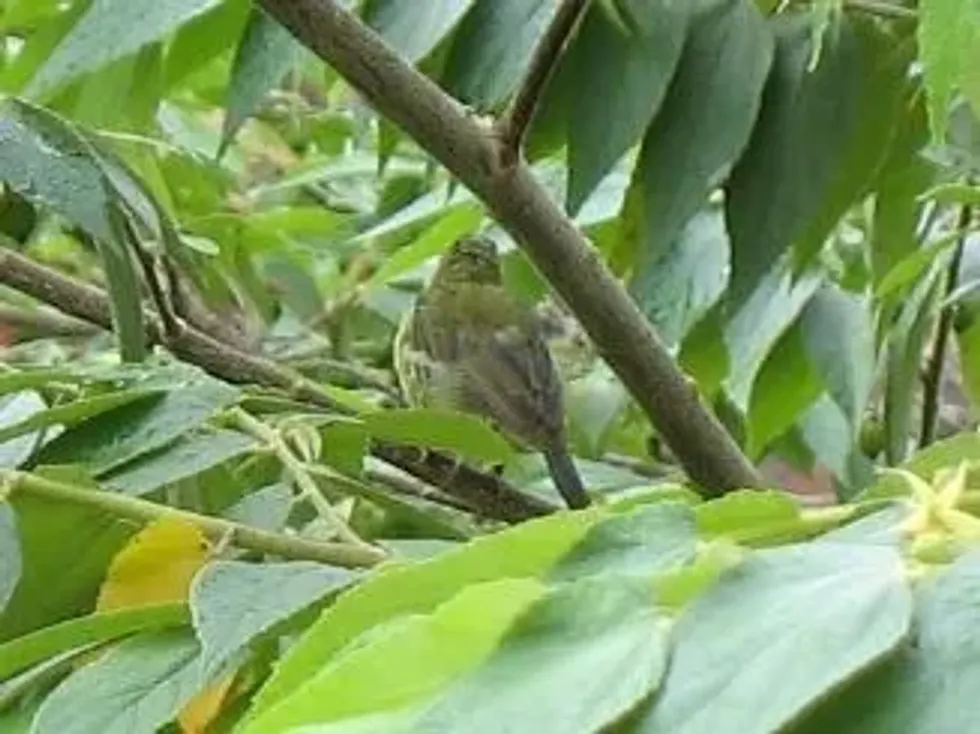
How cute are they?
The plain-throated sunbird (Anthreptes malacensis) has a unique look to it, especially the male as they are vibrant in color and are a treat to the eyes of avid birdwatchers.
This bright plumage along with their tendencies to sing melodies like the nightingale or the wood thrush, both of whom are members of the songbird family, provides the plain-throated sunbird with an edge that only helps increase their cuteness.
How do they communicate?
The brown-throated sunbird (Anthreptes malacensis) communicate with each other through tactile, visual, acoustic, and chemical methods. However, songs play a major role in the communication method as this bird produces loud chirps for long periods.
Different nasal chatters and chirps are used to vocalize as they indicate they indicate the status of the bird, if a bird has arrived at a foraging site or is defending its territory. Songs are used to attract mates during the breeding season.
How big is a brown-throated sunbird?
The plain-throated sunbird (Anthreptes malacensis) is a small-medium bird and adults reach a maximum body length of 4.8-5.4 in (12.1-13.5 cm) with a wingspan of 7.5 in (19 cm) and are almost twice in size as the Crimson-backed sunbird that has a body size of only 3.1 in (8 cm).
How fast can a brown-throated sunbird run?
The flight speed of the brown-throated sunbird (Anthreptes malacensis) has not been recorded due to which no estimate can be stated.
How much does a brown-throated sunbird weigh?
The brown-throated sunbird (Anthreptes malacensis) is lightweight and weighs between 0.3-0.5 oz (7.4-13.5 g) as full-grown adults.
What are the male and female names of the species?
Neither the male nor the female brown-throated sunbird (Anthreptes malacensis) has a specific name assigned to them.
What would you call a baby brown-throated sunbird?
A baby brown-throated sunbird (Anthreptes malacensis) is called a chick.
Chicks are fed and protected by both parents when they are young and do not gain independence from their parents until they are 3-4 weeks old after which they will leave their parents' territory and fly off in search of their own territory in attempts to start their own independent life.
What do they eat?
The brown-throated sunbird (Anthreptes malacensis) has a mixed diet that consists of plants and insects. They prey on caterpillars, spiders, and other small insects species.
They achieve their plant-based diets from fruits and seeds, and nectars of mistletoes. These birds will forage singly when alone and will forage in pairs during the breeding season. Since these birds are territorial, they can often be seen chasing other birds away from their foraging territories.
Are they dangerous?
No, the brown-throated sunbird (Anthreptes malacensis) is not dangerous or harmful to humans directly. They can be harmful to the ecosystem indirectly by introducing seeds of invasive plants and vines as they are great at dispersing seeds in their habitat range. As a result of this unfortunate seed dispersal, this bird has often been considered a pest to crops.
Would they make a good pet?
No, the brown-throated sunbird (Anthreptes malacensis) will not make a good pet as it is a wild bird and has a very specific diet that is tough to recreate in captivity.
This bird is an important part of its ecosystem due to the role it plays in pollination. Even though this bird is listed as a Least Concern species on the IUCN Red List, it is not recommended to keep it as a pet.
Did you know...
Sunbirds are members of the Passeriformes order of the Old World which includes birds like the European robin and the White-tailed flycatcher.
Sunbirds have no sense of smell and have to depend on their vision to forage.
Out of over 150 species of sunbirds, only seven are considered to be threatened to the brink of extinction.
The reason why these birds are not cage birds is because of their coarse insect-like calls that are uncomfortable to listen to.
Just like the hummingbird species, sunbirds too can hover over flowers they extract nectar from.
What type of beak does a sunbird have?
The brown-throated sunbird (Anthreptes malacensis) has a tubular beak that is long and thin with a pointed-down curved that is useful for gripping insects from inside the flowers.
How the sunbird is adapted for feeding?
The Anthreptes malacensis, brown-throated sunbird like most other sunbirds has evolved over the years based on its dietary requirements. This bird is a nectar feeder and due to this specific diet, the beak has evolved over the years into the current pattern of a curved beak that houses a long tongue.
The presence of serration helps this bird in grabbing insects and nectars from flowers if and when required.
Here at Kidadl, we have carefully created lots of interesting family-friendly animal facts for everyone to discover! For more relatable content, check out these blue-capped cordon-bleu facts and blue cotinga facts pages.
You can even occupy yourself at home by coloring in one of our free printable parts the bird coloring pages.
We Want Your Photos!
More for You
See All
Bachelor of Arts specializing in Journalism and Mass Communication, Postgraduate Diploma in Sports Management

Moumita DuttaBachelor of Arts specializing in Journalism and Mass Communication, Postgraduate Diploma in Sports Management
A content writer and editor with a passion for sports, Moumita has honed her skills in producing compelling match reports and stories about sporting heroes. She holds a degree in Journalism and Mass Communication from the Indian Institute of Social Welfare and Business Management, Calcutta University, alongside a postgraduate diploma in Sports Management.
Disclaimer
1) Kidadl is independent and to make our service free to you the reader we are supported by advertising. We hope you love our recommendations for products and services! What we suggest is selected independently by the Kidadl team. If you purchase using the Buy Now button we may earn a small commission. This does not influence our choices. Prices are correct and items are available at the time the article was published but we cannot guarantee that on the time of reading. Please note that Kidadl is a participant in the Amazon Services LLC Associates Program, an affiliate advertising program designed to provide a means for sites to earn advertising fees by advertising and linking to Amazon. We also link to other websites, but are not responsible for their content.
2) At Kidadl, we strive to recommend the very best activities and events. We will always aim to give you accurate information at the date of publication - however, information does change, so it’s important you do your own research, double-check and make the decision that is right for your family. We recognise that not all activities and ideas are appropriate for all children and families or in all circumstances. Our recommended activities are based on age but these are a guide. We recommend that these ideas are used as inspiration, that ideas are undertaken with appropriate adult supervision, and that each adult uses their own discretion and knowledge of their children to consider the safety and suitability. Kidadl cannot accept liability for the execution of these ideas, and parental supervision is advised at all times, as safety is paramount. Anyone using the information provided by Kidadl does so at their own risk and we can not accept liability if things go wrong.
3) Because we are an educational resource, we have quotes and facts about a range of historical and modern figures. We do not endorse the actions of or rhetoric of all the people included in these collections, but we think they are important for growing minds to learn about under the guidance of parents or guardians.
